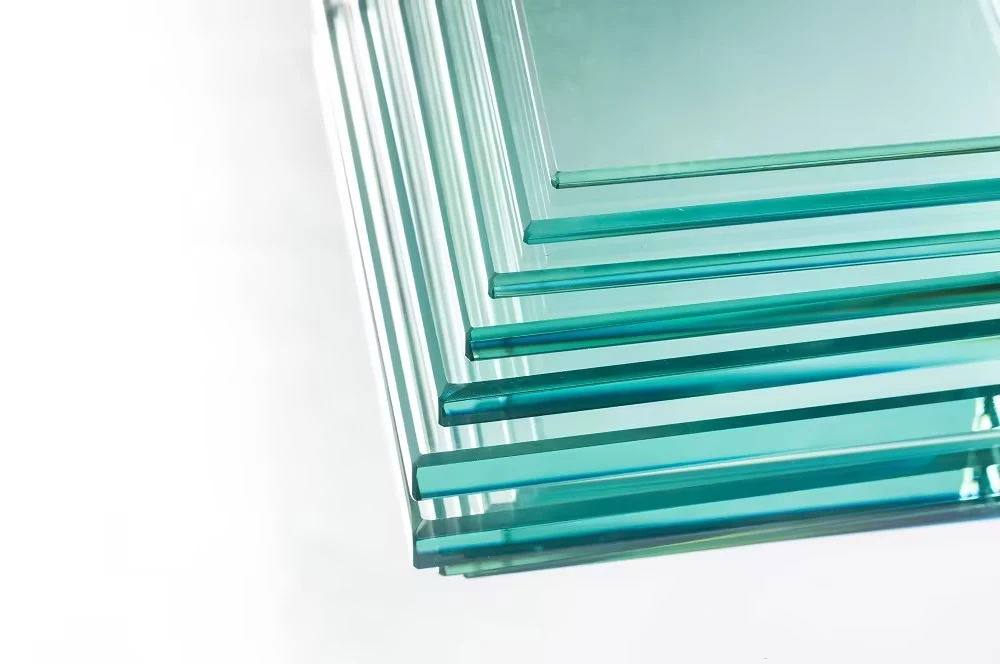

Float Glass Designs An Insight into Versatile Applications
Float glass, a fundamental material in the modern architectural and design landscape, has transformed the way we think about transparency, light, and structure
. Created through a process that involves floating molten glass on top of molten tin, float glass boasts a high level of clarity and smoothness, making it an ideal choice for various applications ranging from windows to decorative elements. This article delves into the versatile world of float glass designs, exploring its uses, aesthetic appeal, and innovation in contemporary architecture.One of the primary applications of float glass is in building facades. Architects and designers are increasingly drawn to its ability to enhance both the aesthetic and functional aspects of buildings. The transparency of float glass allows for an abundance of natural light, which not only reduces the need for artificial lighting but also creates a seamless connection between indoor and outdoor environments. Buildings like the Glass Pavilion at the Toledo Museum of Art exemplify how float glass can create striking appearances while maintaining functionality; the structure appears lightweight and ethereal, unlike traditional concrete or brick facades.
In addition to its role in architecture, float glass has found its way into interior design, contributing to a modern and elegant ambiance. Designers often employ float glass in partitions and room dividers to maintain an open feel while still providing functional separation between spaces. This use of glass not only optimizes light distribution throughout a space but also creates a more expansive visual effect, making even smaller rooms feel larger and more inviting. Moreover, the reflective properties of float glass can be harnessed to create stunning focal points, often seen in luxury homes and modern offices.

Float glass is also celebrated for its versatility in various decorative applications. From glass sculptures to custom mirrors, designers leverage its clarity and finish to produce eye-catching art pieces. Glass can be cut, etched, or colored, allowing for endless possibilities in creative expression. The use of float glass in artistic designs helps to bridge functionality with aesthetic pleasure, leading to unique creations that can serve both practical and decorative purposes. Artists take advantage of the light-reflecting properties of float glass, creating pieces that can change in appearance depending on the viewer’s angle or the intensity of light.
The evolution of float glass design has been significantly influenced by technological advancements that enhance its properties. Recent innovations have led to the development of low-emissivity (Low-E) glass, which combines float glass's traditional benefits with energy efficiency. These advancements enable buildings to maintain optimal temperatures, contributing to sustainable design practices. Moreover, the advent of smart glass—which can change its transparency in response to environmental conditions—illustrates the future of float glass design and its potential for integration into smart buildings.
Environmental considerations are also shaping the landscape of float glass designs. With a growing emphasis on sustainability, designers and architects are increasingly interested in the recyclability of materials, and float glass stands out for its ability to be reused. Institutions and companies are focusing on closed-loop systems where waste glass is recycled into new products, minimizing the environmental impact of construction and design. This trend not only supports greener practices but also appeals to modern consumers who prioritize sustainability in their purchasing decisions.
In conclusion, float glass designs have become a hallmark of innovation and elegance in the realms of architecture and interior design. Its unparalleled clarity, versatility, and advancements in technology allow for creative and sustainable applications that transform spaces and enhance our experience of the built environment. From stunning facades to intricate artistic pieces, float glass continues to inspire designers and architects alike, proving that glass is not just a passive material but a dynamic element that shapes our world. As we move forward, the potential for float glass in design remains expansive, promising exciting developments that blend aesthetics with functionality while also honoring our commitment to sustainability.